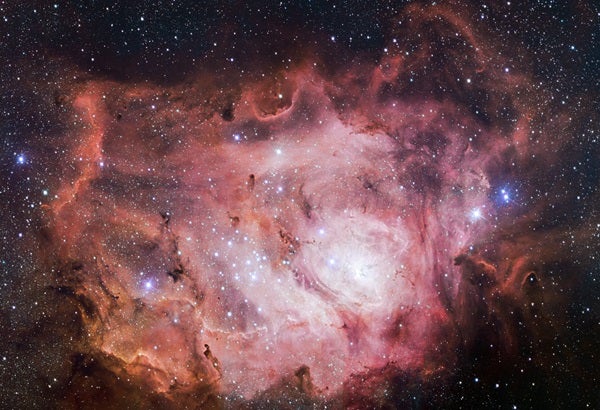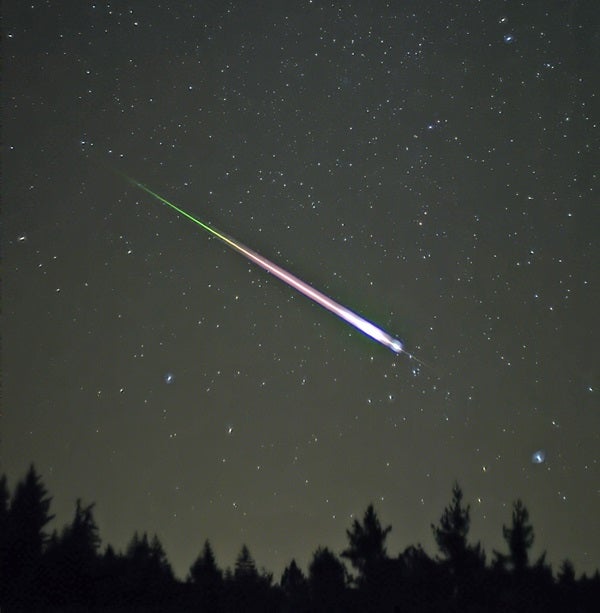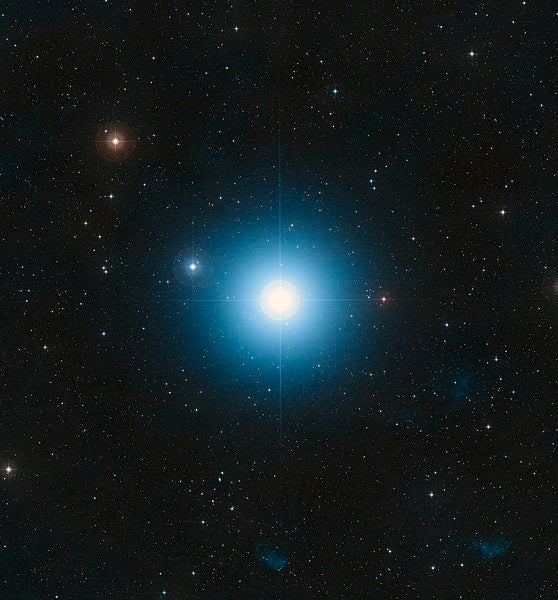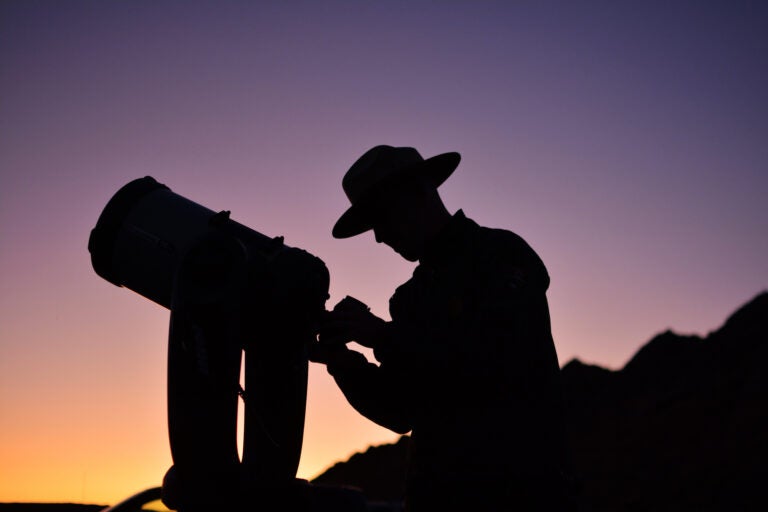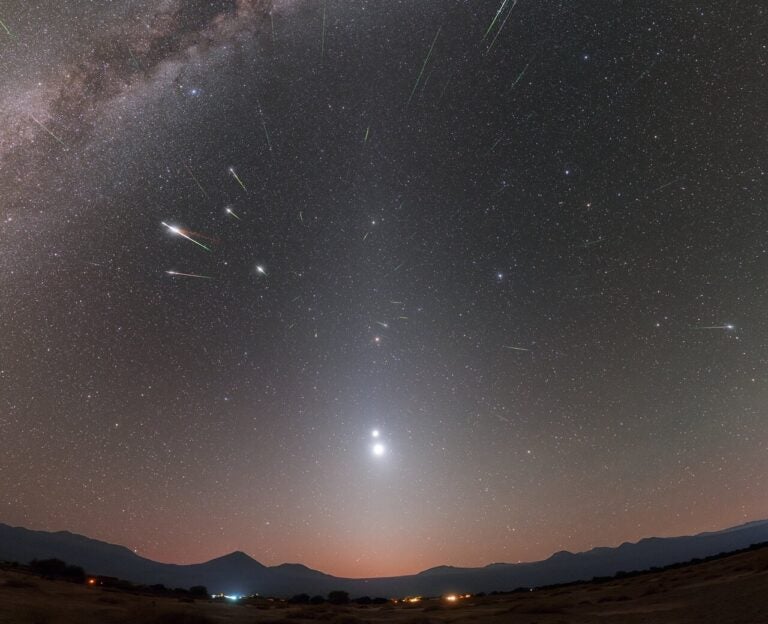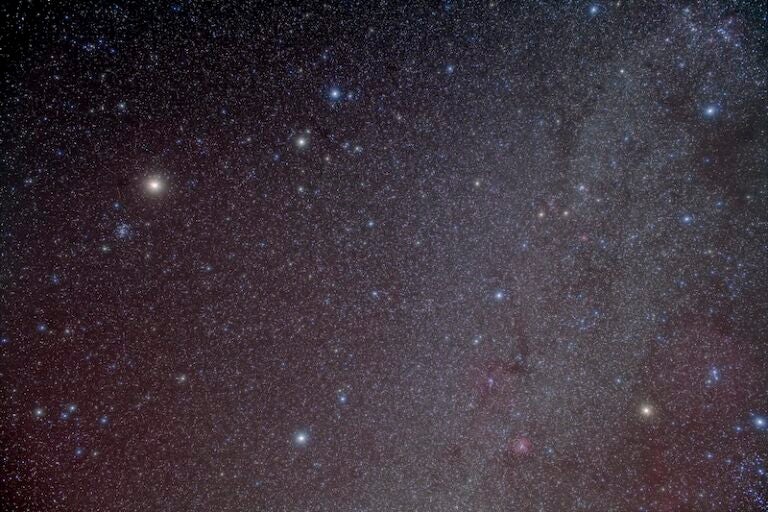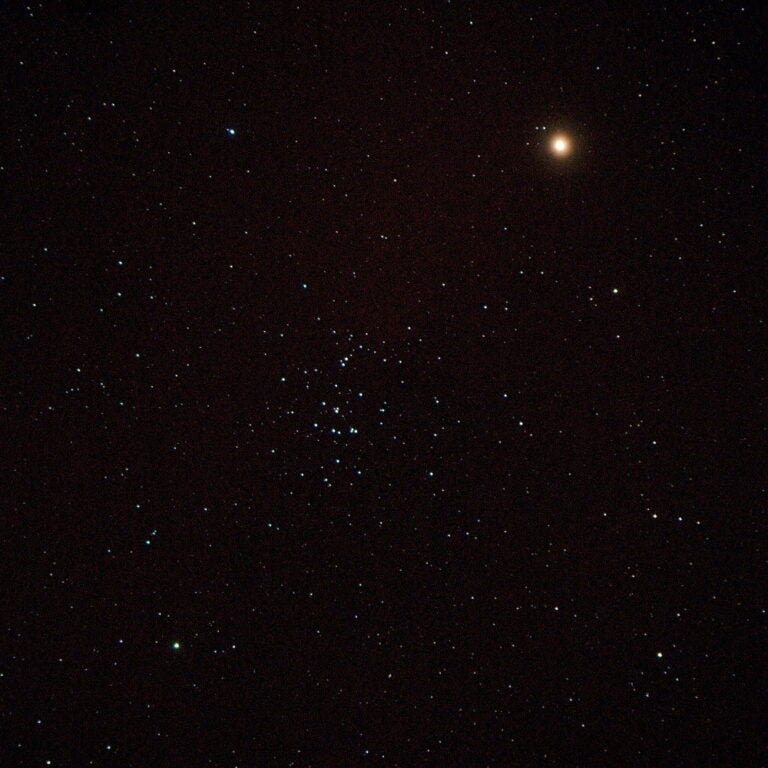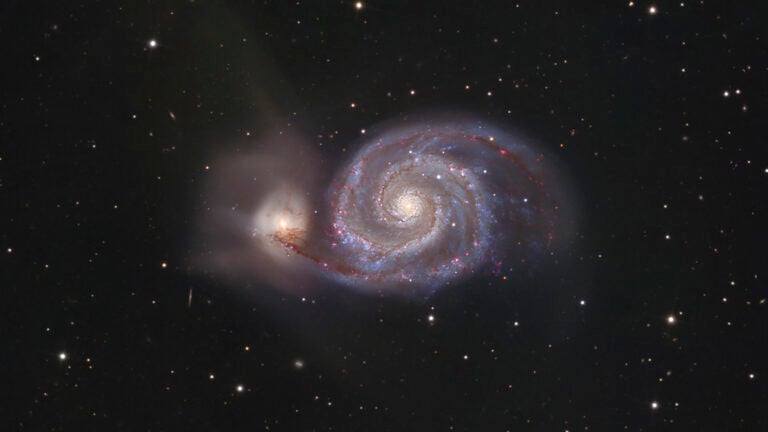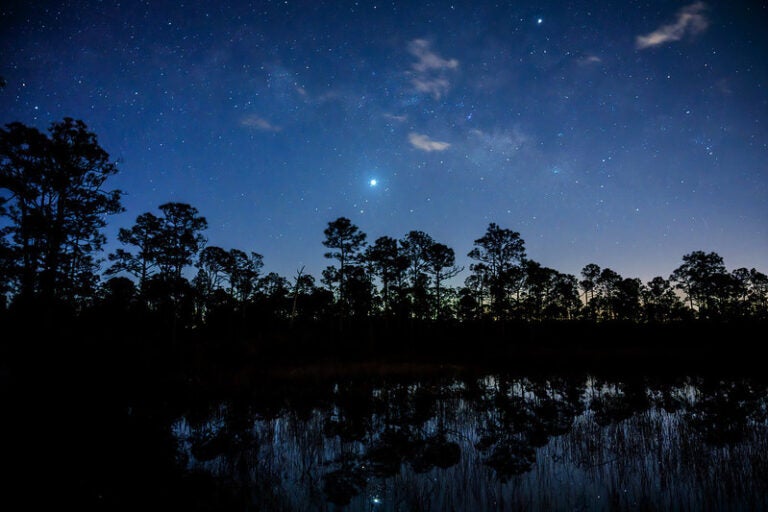Friday, November 11
The days of viewing Saturn in the evening sky are nearing their end. You can find the ringed world about 7° high in the southwest 45 minutes after sunset this evening. The planet shines at magnitude 0.5 and shows up if you have a clear, unobstructed horizon. If you can’t spot it with your naked eye, binoculars should bring it into view.
Saturday, November 12
Brilliant Venus stands out in the southwest during early evening. The planet lies nearly 15° above the horizon a half-hour after sunset and doesn’t set until after twilight comes to a close. At magnitude –4.1, Venus is the brightest object in the evening sky after the Moon. Under a clear, dark sky this evening, binoculars will show you the Lagoon Nebula (M8) just 1° south of the planet. (Venus remains within 2° of this bright stellar nursery from November 11–13.) A telescope also reveals the planet’s 15″-diameter disk, which appears three-quarters lit.
Sunday, November 13
Full Moon arrives at 8:52 a.m. EST tomorrow morning. It rises in the east about 10 minutes before the Sun sets this evening and reaches its peak in the south around 11:30 p.m. local time. Coincidentally, our satellite reaches perigee, the closest point in its orbit around Earth, at 6:21 a.m. EST tomorrow, just 2.5 hours before Full Moon. It then lies 221,524 miles (356,509 kilometers) away from us, its closest approach of the year. Tonight’s Full Moon thus is the largest (33.5′ across) of 2016. Although this is just 7 percent bigger than normal — a difference that is hardly noticeable to the naked eye — expect to hear plenty of hype surrounding this so-called Super Moon.
Monday, November 14
Although Jupiter passed on the far side of the Sun in late September, it has returned to prominence before dawn. The giant planet rises more than three hours before the Sun and climbs nearly 20° high in the east-southeast by the time twilight starts to paint the sky. Jupiter shines brilliantly at magnitude –1.7 and shows a 32″-diameter disk when viewed through a telescope.
Tuesday, November 15
Uranus reached opposition and peak visibility exactly one month ago, and it remains a tempting target. The outer planet appears in the southeast after darkness falls and climbs highest in the south around 9:30 p.m. local time. The magnitude 5.7 world lies in southern Pisces just 1.3° due east of the 5th-magnitude star Zeta (z) Piscium. Although Uranus shines brightly enough to glimpse with the naked eye under a dark sky, binoculars make the task much easier. A telescope reveals the planet’s blue-green disk, which spans 3.7″.
Wednesday, November 16
Look high in the southeast after darkness falls this week and you should see autumn’s most conspicuous star group. The Great Square of Pegasus stands out in the evening sky at this time of year, though it appears balanced on one corner and looks more diamond-shaped. These four almost equally bright stars form the body of Pegasus the Winged Horse. The fainter stars that represent the rest of this constellation’s shape trail off to the square’s west.
Venus’ eastward motion relative to the background stars of Sagittarius brings it within 1° of the 3rd-magnitude red giant star Lambda (l) Sagittarii tonight and tomorrow night.
Thursday, November 17
The Leonid meteor shower reaches its peak before dawn this morning. Although typically one of the year’s finest meteor showers, this year’s Leonid display suffers because it comes just three days after the closest Full Moon in nearly 70 years. A nearly 90-percent-lit Moon shares the sky with the shower, drowning out the fainter “shooting stars” and rendering the bright ones less impressive.
Friday, November 18
Mars continues to put on a nice show these November evenings. The magnitude 0.5 Red Planet lies among the background stars of Capricornus and appears 25° high in the south-southwest after darkness falls. A telescope reveals the world’s 7″-diameter disk, though you’ll be hard-pressed to see much surface detail except under exceptional viewing conditions.
Venus’ eastward motion against the backdrop of Sagittarius carries it 1.6° south of the 5th-magnitude globular star cluster M22 this evening. The best views should come through binoculars and rich-field telescopes.
Saturday, November 19
A lone bright star now hangs low in the south during early evening. First-magnitude Fomalhaut — often called “the Solitary One” — belongs to the constellation Piscis Austrinus the Southern Fish. From mid-northern latitudes, it climbs 20° above the horizon at its best. How solitary is Fomalhaut? The nearest 1st-magnitude star to it, Achernar at the southern end of Eridanus the River, lies some 40° away.
Sunday, November 20
The Moon rises in the eastern sky just before 11:30 p.m. local time this evening (the exact clock time depends on how far east or west you live in your time zone). Our satellite reaches Last Quarter phase early tomorrow morning, at 3:33 a.m. EST, and it appears half-lit from the time it rises until it climbs highest in the south shortly before dawn. The Moon lies among the background stars of Leo, less than 2° south of 1st-magnitude Regulus, the Lion’s brightest star.

